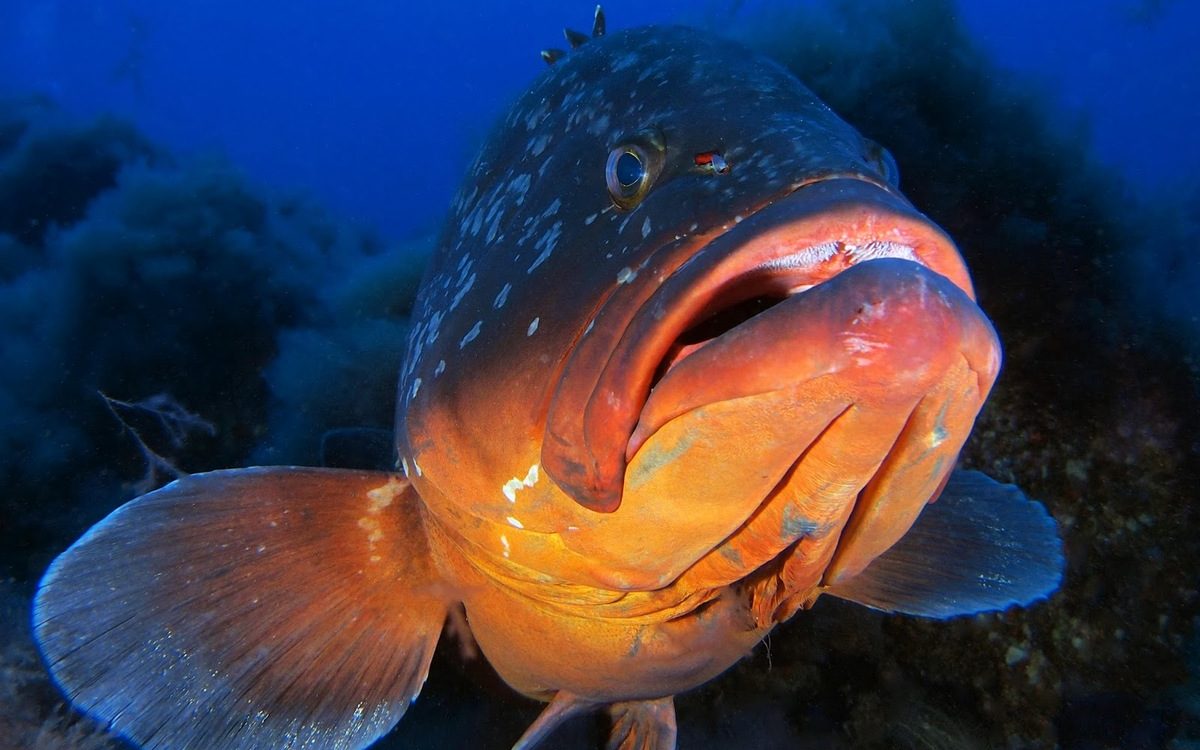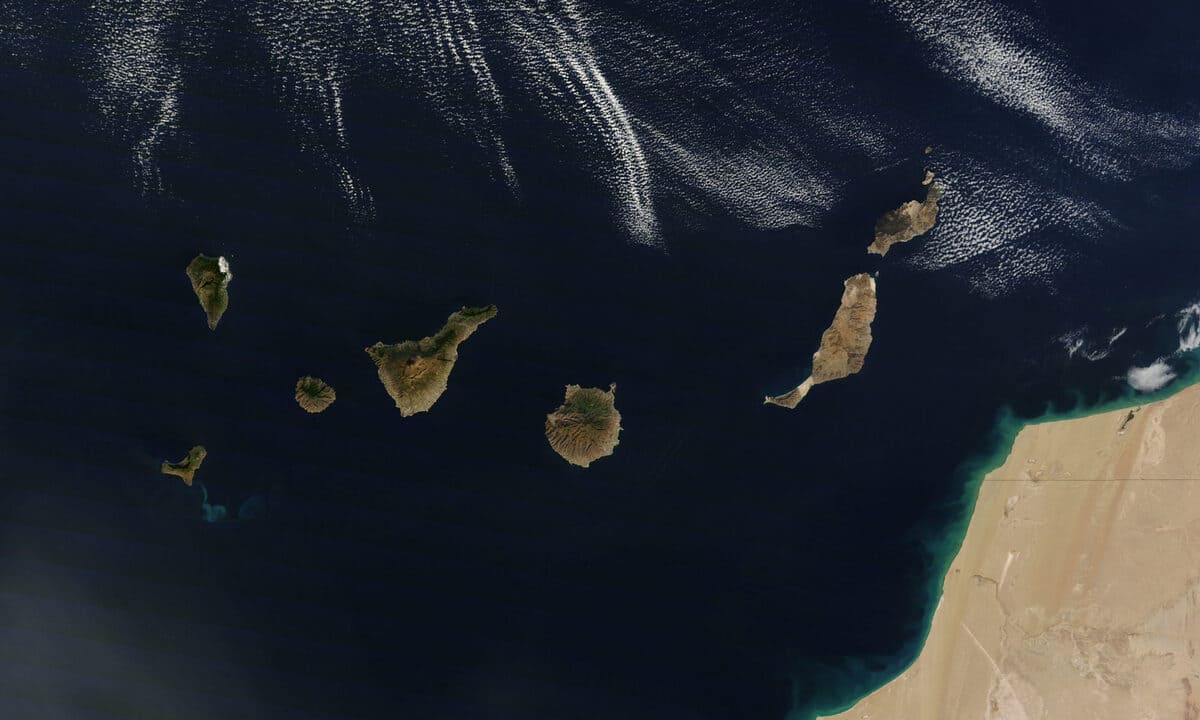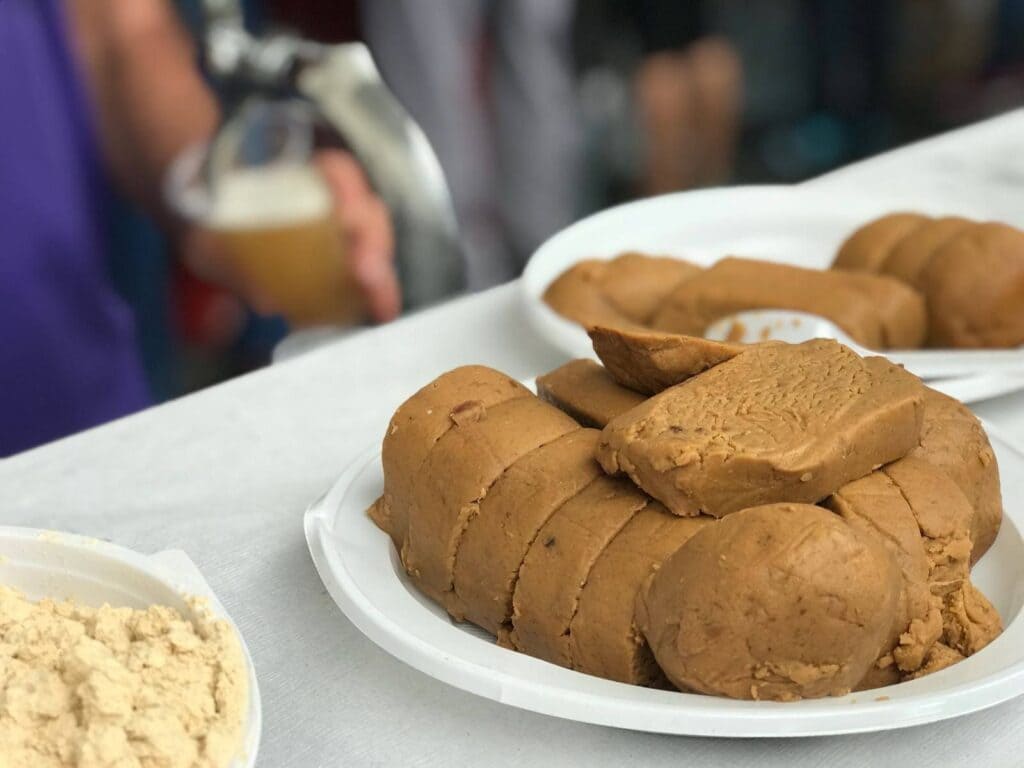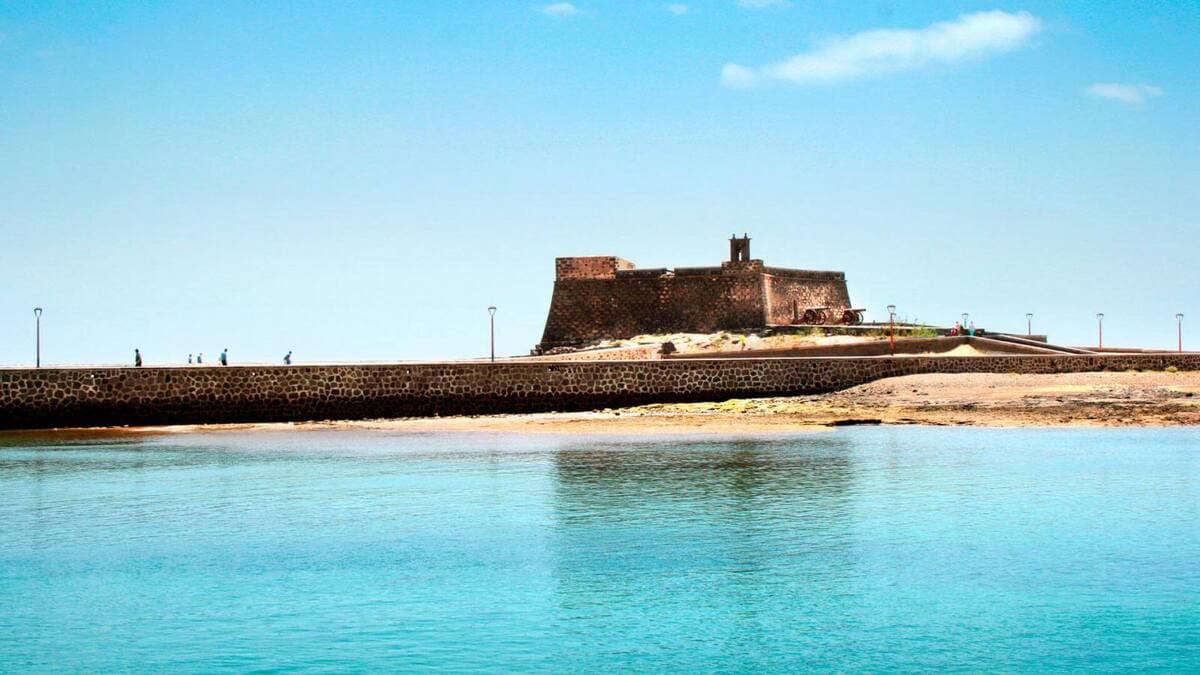A few kilometres from Las Palmas, you will find the Viera y Clavijo Botanical Garden, also known as the Botanical Garden of Gran Canaria or Jardín Canario. This 27-hectare site is the largest in Spain and one of the best in the world. It has the important role of bringing together in one place all the botanical wealth of the Archipelago, housing exotic and incredible plant species and more than 500 endemic plants, some of which are in danger of extinction.
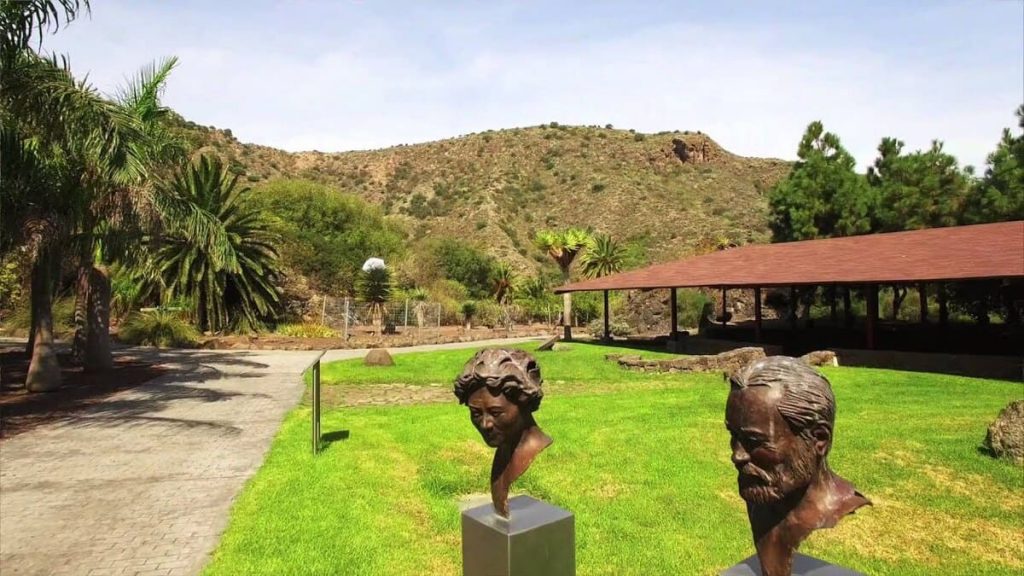
The Canarian Garden owes its name to the famous 18th century Canarian naturalist and biologist, the greatest exponent of the enlightenment of the Islands, José Viera y Clavijo, who was born in Los Realejos, Tenerife, in 1731 and died in Las Palmas de Gran Canaria in 1813. He is also associated with the Consejo Superior de Investigaciones Científicas del Cabildo de Gran Canaria.
History
The Viera y Clavijo Botanical Garden was inaugurated in 1953, making the dream of the prestigious Swedish botanist Eric Ragnor Sventenius (1910-1973), founder of this paradise and its director until his death, come true.
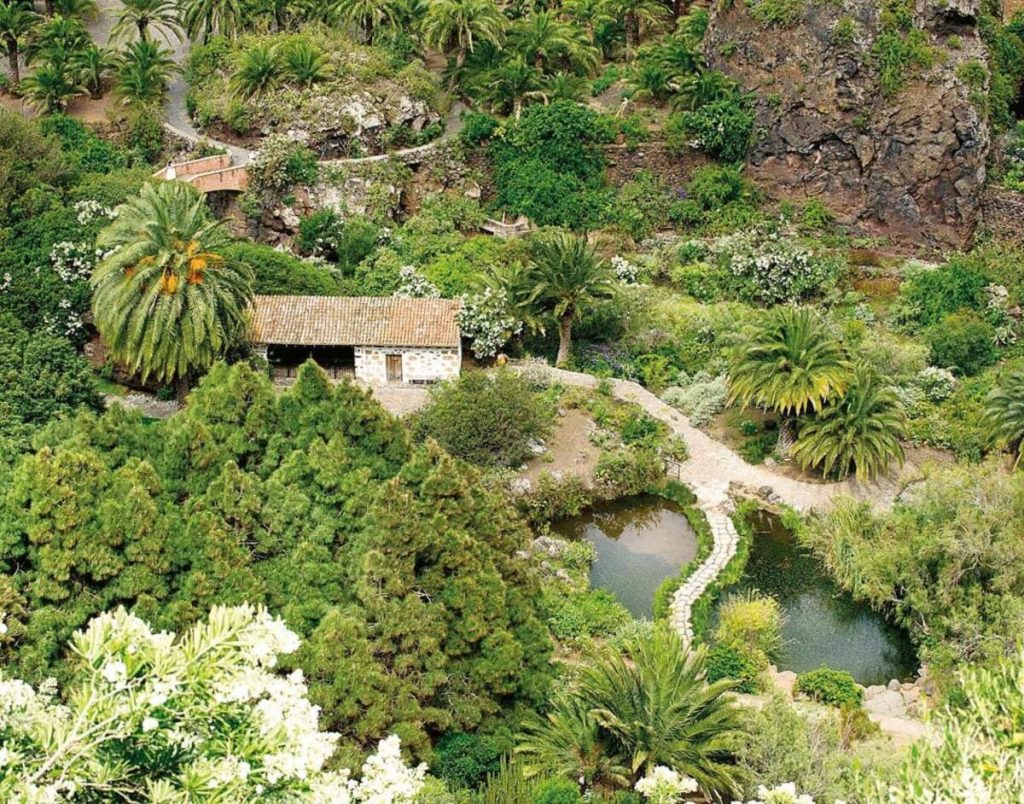
In proposing the creation of this enclosure, Eric Sventenius continued the work that José Viera y Clavijo had begun two centuries earlier. The idea of the Canarian naturalist was to create a garden that would collect all the flora of the islands in a single territory, and this was done, as the purpose of this garden is to preserve and protect the endemic flora of the Canary Islands.
Different locations were considered for the location of the complex. Thanks to the help of a group of representatives of the Cabildo Insular de Gran Canaria, who appreciated the importance of the initiative from the outset, it was decided to install it near the capital, on the edge of the Guiniguada ravine and next to the road to Tafira. Thus, it was decided to install it near the capital, on the edge of the Guiniguada ravine and next to the road leading to Tafira.
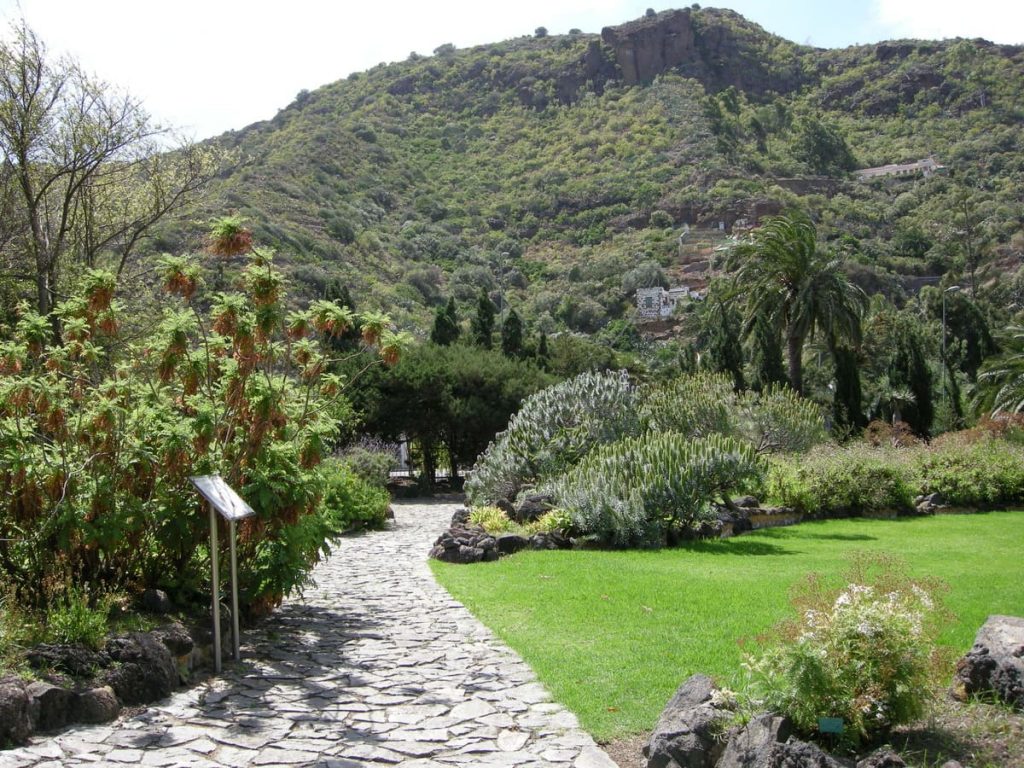
The Canarian Garden celebrated its 60th anniversary in 2012 and, at present, thecollection of plants has increased considerably, with specimens from all corners of the planet. It has also become an important venue for international meetings and congresses, as well as a research centre for the flora of the islands .
Collections
Located on terraces at the edge of the Guiniguada Barrando and growing in their natural habitat, each species has its own delimited area, divided into collections.
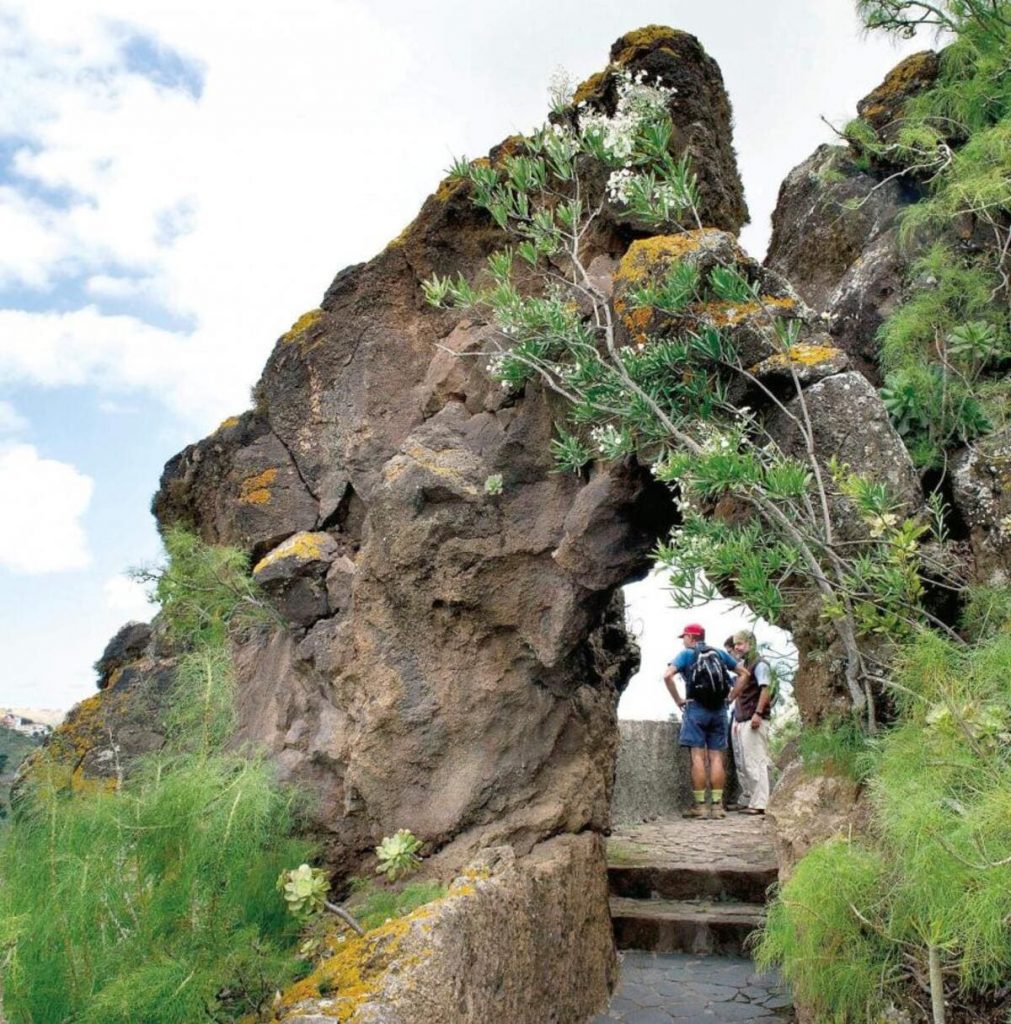
Passing through the main entrance to the Garden, the first thing the visitor comes across are some specimens of the laurel forest, which, as we have already mentioned on other occasions, was the main forest cover of the Canary Islands in pre-Hispanic times. Following the "Camino de los Dragos", one of the most outstanding collections, you reach the "Plaza de las Palmeras", where you can see all the species of palm trees that exist on the Islands.
The Viera y Clavijo Botanical Garden also has more than 10,000 species of succulents from all over the world, as well as most of the endangered species of the almost 600 endemic species that exist in the archipelago.
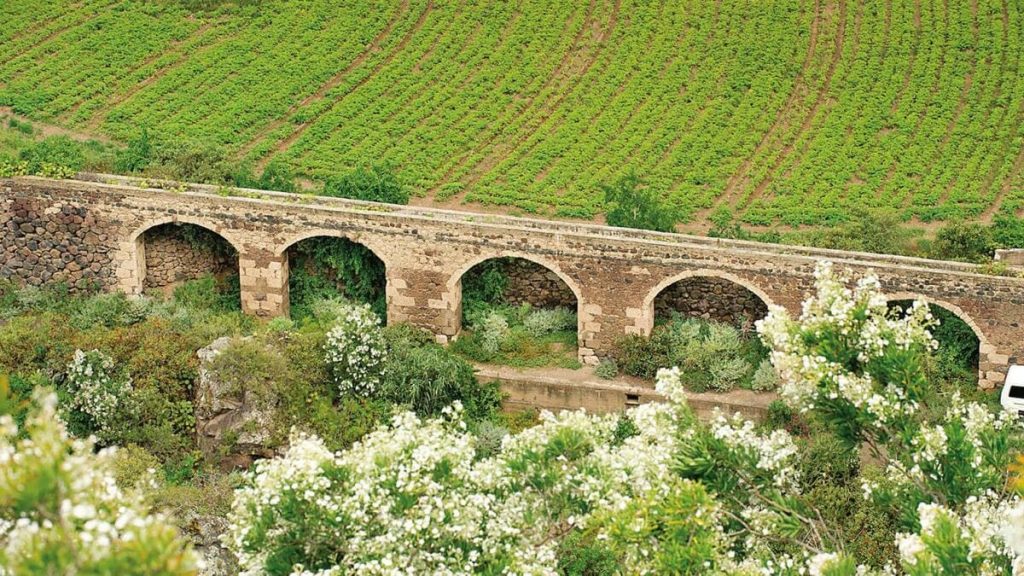
Other outstanding collections are the "Garden of the Islands"; the "Macaronesian Ornamental Garden", in which endangered plants from other archipelagos of Macaronesia are grouped together; the "Hidden Garden", a small tropical greenhouse; and the "Garden of the World", inaugurated in 2002 and which has five zones for each of the continents with the most representative species of each one.
On the other hand, inside the Botanical Garden of Gran Canaria there are monuments, fountains and sculptures to pay homage to those naturalists who contributed with their work to the knowledge of nature and the flora of the Canary Islands.
If you would like to continue learning more about the flora and fauna of the Canary Islands, here are the links to other related articles: Animals native to the Canary Islands and where to find them; The Canary Island pine tree, the most abundant tree in the archipelago..
Paula Vera
Photos: jardincanario.org, holaislascanarias.com, en.wikipedia.org
